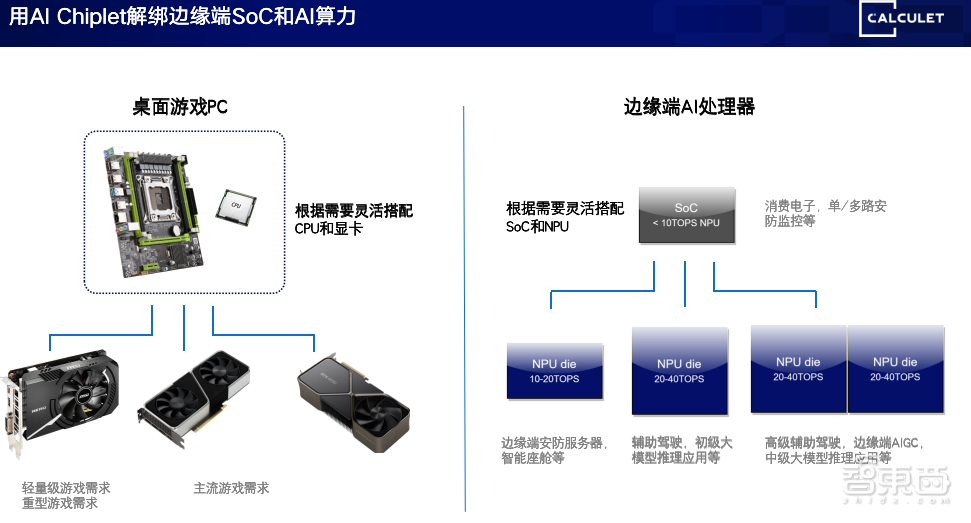YOLO训练时间评估:指标解读与优化方向
发布时间: 2024-08-17 11:58:25 阅读量: 54 订阅数: 32 


# 1. YOLO训练时间评估指标解读**
**1.1 训练时间**
训练时间是指训练模型所需的总时间,包括数据加载、模型更新和反向传播等操作。训练时间受模型复杂度、训练数据大小和训练策略等因素影响。
**1.2 推理时间**
推理时间是指模型在部署后进行预测所需的平均时间。推理时间受模型大小、推理设备和输入数据大小等因素影响。
# 2. YOLO训练时间优化理论**
**2.1 模型复杂度分析**
**2.1.1 网络结构**
网络结构是影响YOLO训练时间的重要因素。网络层数越多、卷积核尺寸越大,训练时间越长。例如,YOLOv3相比于YOLOv2,网络层数从53层增加到106层,训练时间也大幅增加。
**2.1.2 参数量**
模型参数量是另一个影响训练时间的重要指标。参数量越大,训练时间越长。例如,YOLOv4相比于YOLOv3,参数量从5270万增加到1.18亿,训练时间也相应增加。
**2.2 训练数据优化**
**2.2.1 数据增强**
数据增强是指通过对原始数据进行变换(如翻转、旋转、裁剪等)来生成更多训练样本。数据增强可以提高模型泛化能力,减少过拟合,从而缩短训练时间。
**2.2.2 数据预处理**
数据预处理是指对原始数据进行清洗、归一化等操作,使其更适合模型训练。数据预处理可以提高模型训练效率,缩短训练时间。
**代码块:**
```python
import numpy as np
import cv2
# 数据增强函数
def data_augmentation(image, label):
# 随机翻转图像
if np.random.rand() > 0.5:
image = cv2.flip(image, 1)
label = cv2.flip(label, 1)
# 随机旋转图像
angle = np.random.randint(-10, 10)
image = cv2.rotate(image, angle)
label = cv2.rotate(label, angle)
# 随机裁剪图像
h, w, c = image.shape
x = np.random.randint(0, w - 224)
y = np.random.randint(0, h - 224)
image = image[y:y+224, x:x+224, :]
label = label[y:y+224, x:x+224, :]
return image, label
# 数据预处理函数
def data_preprocessing(image, label):
# 归一化图像
image = image / 255.0
# 调整图像大小
image = cv2.resize(image, (224, 224))
# 转换图像格式
image = np.transpose(image, (2, 0, 1))
return image, label
```
**逻辑分析:**
* `data_augmentation()`函数实现了图像翻转、旋转、裁剪等数据增强操作。
* `data_preprocessing()`函数实现了图像归一化、调整大小、转换格式等数据预处
0
0





